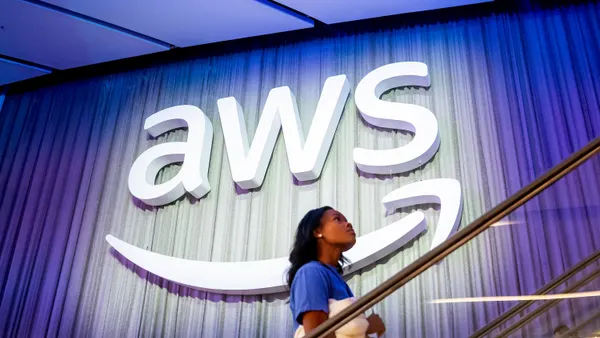Dive Brief:
-
Microsoft is rolling out a number of changes to its enterprise pricing, affecting on-premise and cloud products, according to a company blog post. The price changes will arrive on October 1 as part of a product portfolio restructuring, which transitions purchasing from a "program-centric to a customer-centric pricing structure." What this equates to is Microsoft harmonizing its "entry price," said Louis Pellegrino, director at ISG, a global technology research and advisory firm, in an interview with CIO Dive. To get a discount, customers would now have to enter into a services commitment.
-
Under the terms, Microsoft will increase the cost of Office 2019 products for commercial users by 10%, according to the announcement. The company plans to release Office 2019 later this year, which succeeds Office 2016.
-
Among other changes, Windows 10 Enterprise E3 customers will have per user pricing only, rather than having a per device license option. In the same way, Windows 10 Enterprise E3 per device will become Windows 10 Enterprise and the latter's price will correspondingly increase.
Dive Insight:
As Microsoft noted in its announcement, its move is to "create more consistency and transparency across our purchasing channels." As the company has shifted to a cloud-first model, some aspects of its portfolio offerings have become outdated for the modern enterprise.
Instead of on-premise solutions, cloud offerings will become the standard and Microsoft's per user pricing reflects that. In the cloud era, for enterprise buyers there are few options. Companies can largely only pay per user with as a service software models.
Licensing per device is legacy Microsoft. "That is a business they want to abandon, escape as fast as possible because there's really no way for them to audit devices," said Pellegrino.
The biggest impact of the price changes will hit customers who have not yet transitioned to per user pricing models and still purchase licenses per device.
"It's all bad news for the enterprise buyer," particularly those who have a licensable users base of less than 2,500, Pellegrino said. Those customers will now have to license the entire enterprise to get a discount.
For better or worse, customers have moved from a buy-sell relationship with Microsoft where they could acquire a finished good and run it in perpetuity, said Pellegrino. Customers would not incur any additional expenses until they decided to spend more and upgrade in the future. "That no longer exists. Customers do not have a decision."
That's because there is little market outside Microsoft 365. There are few commercial alternatives to the software and efforts by Google and Amazon to launch end-user productivity solutions have not gained much traction, Pellegrino said. And with Microsoft's dominance, there is little incentive for another competitor to enter the market.
Microsoft has rectified price structures before. The company made a similar transition when it changed Azure pricing. There used to be more a multi-pricing structure, but Microsoft reduced it to one level, Pellegrino said.












